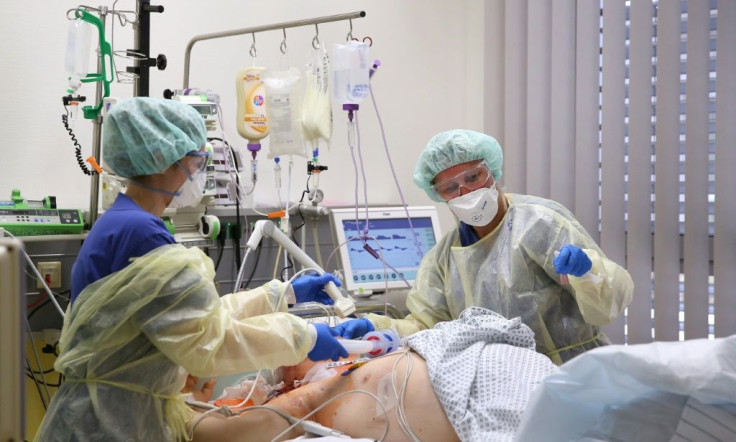Each Virus-hit Person Infecting Fewer Than One Other In Germany: Data

Each coronavirus-infected person in Germany is infecting fewer than one other person, closely watched data showed, as Europe's biggest economy looks to ease curbs to halt contagion from Monday.
According to figures published by disease control agency Robert Koch Institute late Thursday, the person-to-person infection rate has dropped to 0.7.
The infection rate is a key indicator for politicians as they calibrate Germany's gradual steps out of the lockdown that has seen schools and most businesses closed to slow the virus' spread.
From Monday, shops up to 800 square metres (8,600 square feet) will be allowed to reopen if they uphold hygiene rules, Chancellor Angela Merkel said Wednesday.
And schools are set to begin reopening from May 4, with priority given to pupils soon taking exams.
Meanwhile rules will remain in force preventing groups of more than two people from gathering in public, other than family groups who live together, while large public events remain banned until August 31.
"The curve (of infections) has got flatter, but it still has to be in a shape that doesn't overburden our health system," Merkel said Wednesday as she announced the eased restrictions.
With an infection rate of around 1.0 then, she and state premiers judged the time right to begin inching out of lockdown.
But "even if we assume that one person infects 1.1 others, we would reach the limits of what our health system and intensive care beds can manage in October," Merkel warned.
"If we assume a rate of 1.2... we would reach the health system's limit in July. And with a rate of 1.3 -- it doesn't sound like much -- we would get there in June already," she added.
"You can see how little margin for error we have" when tweaking the step-by-step lockdown exit, Merkel said, adding that "caution should be the watchword, not over-confidence".
© Copyright AFP 2024. All rights reserved.




















